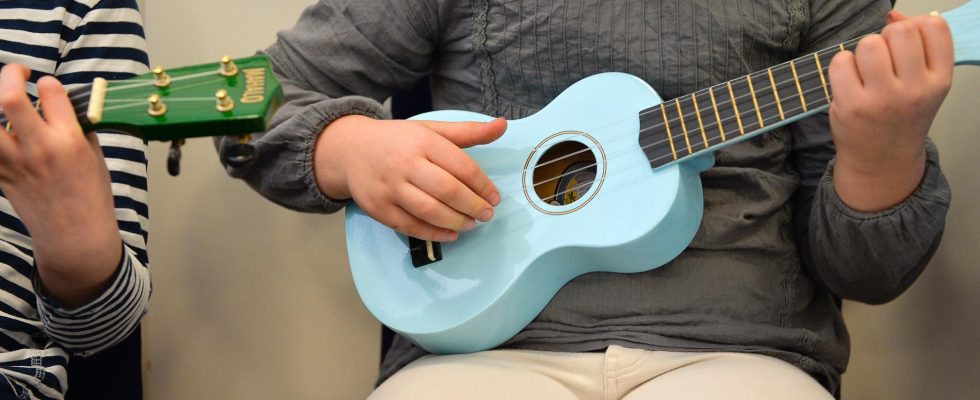Save the article
Elementary students get longer school days, with more Swedish on the schedule. But so that the days don’t get too heavy, there will also be a little more pictures, music, crafts, technology and sports.
It is the Swedish National Agency for Education that developed the proposal, which has now been handed over to the government.
The government’s ambition is that the primary school students’ school days are extended, so that there is more time for mainly Swedish and maths. In the Norwegian Education Agency’s proposal, almost half of the extended time is spent in Swedish, with the justification that early reading and writing skills are so crucial for the rest of school time.
The math gets a little more than a quarter of the extended time. The National Education Agency justifies this by saying that the subject has been expanded in recent years, without the students’ results having improved. The fact that many students still struggle with math speaks to giving the subject more time, but even more important is to improve the quality of math teaching, according to the Swedish National Agency for Education.
Hard to bear
The Swedish National Agency for Education wants to allocate the remaining new hours to subjects that add variety to the school day: visual arts, music, handicrafts, technology and sports. “If the teaching becomes too theoretical, the expansion could lead to more students finding it difficult to cope with the longer school days,” writes the National Board of Education.
The price tag for the expanded primary school is approximately two billion kroner per school year – money to hire more teachers. The Swedish National Agency for Education has then taken into account that leisure activities are likely to shrink. At the same time, the Norwegian Education Agency warns that it may be difficult to find enough qualified teachers. “There is a risk that the students will then receive lower quality teaching,” writes the authority.
20 minutes per day
The 178 hours that the government wants to extend primary education with means that the students’ working time increases by almost 10 percent. This corresponds to approximately 20 minutes more teaching per day, or roughly 1.5 hours more per school week.
But originally the government wanted to see as much as one hour more teaching per day. The National Education Agency then carried out a consequence investigation and concluded that it would be too extensive – the school days would be too long and too tiring for the students.
If and when the expansion will become a reality is unknown. The Swedish National Agency for Education writes that it is “reasonable that principals and schools are given enough time to prepare the organization and recruit teachers.”
FACTS Changes in teaching time
The extended timetable for grades 1–3 is part of the Tidö agreement between the government and SD.
No timetable for the timetable expansion has been reported, but in the Time Agreement it is stated that a prerequisite is that the teachers’ administrative burden has been eased and that the teachers’ teaching obligations have been given a clearer regulation.
An investigation into how teachers’ administration can be reduced has been added. It must submit proposals in October 2024.
Already at the end of this year, the Riksdag is expected to make a decision on another timetable change. It means that the student’s choices are scrapped, in favor of, among other things, SO subjects.
Read more
